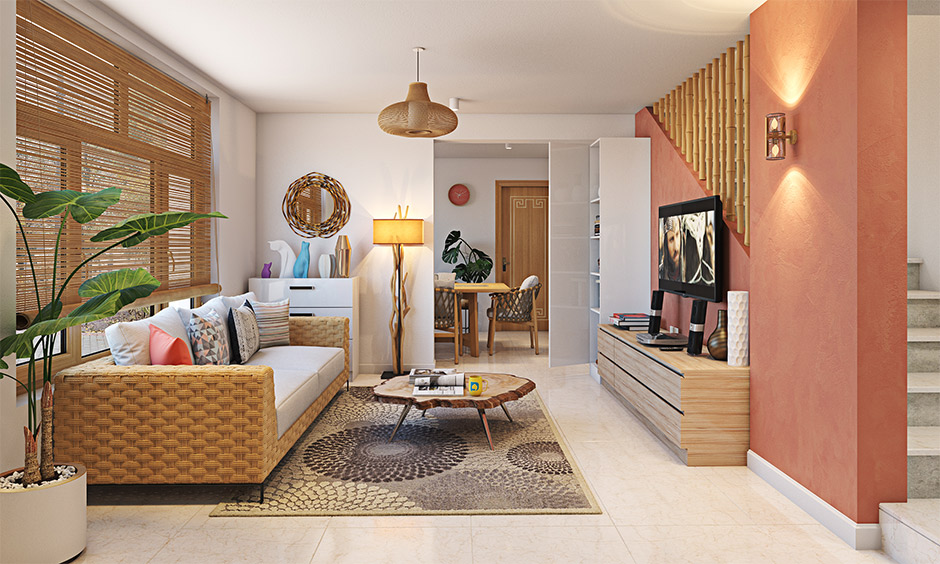Table of Contents
In today’s interconnected world, it’s easier than ever to draw inspiration from various cultures and bring a global touch to our personal spaces. This infusion of global art and décor can transform the ambiance of our homes, reflecting a rich tapestry of histories, traditions, and stories from distant lands.
Wall décor, in particular, offers a canvas to showcase these international influences and immerse ourselves in the beauty of global artistry.
However, integrating global themes without overwhelming or cluttering your space can be a challenge. Let’s explore ways to seamlessly and thoughtfully incorporate global wall décor themes in your home.
1. Choose a Focal Point
Select one wall or space in your home as the primary showcase for global art. This could be a living room wall, a hallway, or even a stairwell.
Having a dedicated space allows you to curate a collection over time and adds a cohesive feel, rather than scattering disparate pieces throughout the home.
2. Understand the Story
Before putting up a piece of art from another culture, take the time to understand its background, significance, and the story it tells. Not only does this deepen your personal connection to the piece, but it also allows you to share these tales with guests, adding depth to their visual experience.
3. Balance with Neutral Elements
To prevent your space from feeling too busy, balance vibrant, intricate global art pieces with neutral elements. This could be in the form of plain-colored walls, minimalist furniture, or simple frames that don’t compete with the artwork. The idea is to let the global pieces shine without overwhelming the senses.
4. Mix and Match Thoughtfully
There’s no rule that says you have to stick to one global theme. Feel free to mix African masks with Japanese prints or Indian tapestries. However, aim for a harmonious blend. Consider color palettes, patterns, and sizes to create a cohesive look, even when blending multiple cultures.
5. Add a Personal Touch
While celebrating global art, don’t forget to integrate personal elements. For instance, custom portraits of your cat can be framed alongside traditional artworks.
This juxtaposition of the deeply personal with the broadly global creates a space that’s uniquely yours. It’s a testament to the idea that home is both a personal sanctuary and a reflection of the wider world.
6. Play with Textures and Fabrics
Global wall décor isn’t limited to paintings or prints. Textiles from different parts of the world, like Turkish rugs, South American tapestries, or Batik from Southeast Asia, can be hung on walls, offering a rich, tactile experience. The varied textures add depth and warmth to your interiors.
7. Rotate and Refresh
Your global wall décor collection doesn’t have to be static. As you travel or discover new pieces, consider rotating artworks.
This keeps your décor fresh, and by revisiting pieces in storage, you rekindle memories and stories associated with them.
8. Respect and Sensitivity
A word of caution: Always approach global décor with respect. It’s crucial to avoid cultural appropriation—using elements of a culture without permission or understanding, especially when those elements hold significant cultural or religious meaning.
Always ensure that the art pieces were ethically sourced and that artists from the respective cultures benefit from their sale.
Conclusion
Integrating global wall décor themes in your home is more than just an aesthetic choice. It’s an embrace of the diversity, history, and beauty of our interconnected world.
Whether it’s the vibrant colors of a South African beadwork, the intricate patterns of Middle Eastern mosaics, or even custom portraits of your cat, every piece holds a story. Together, they weave a narrative of a global citizen, curious, respectful, and ever in awe of the world’s artistic heritage.





